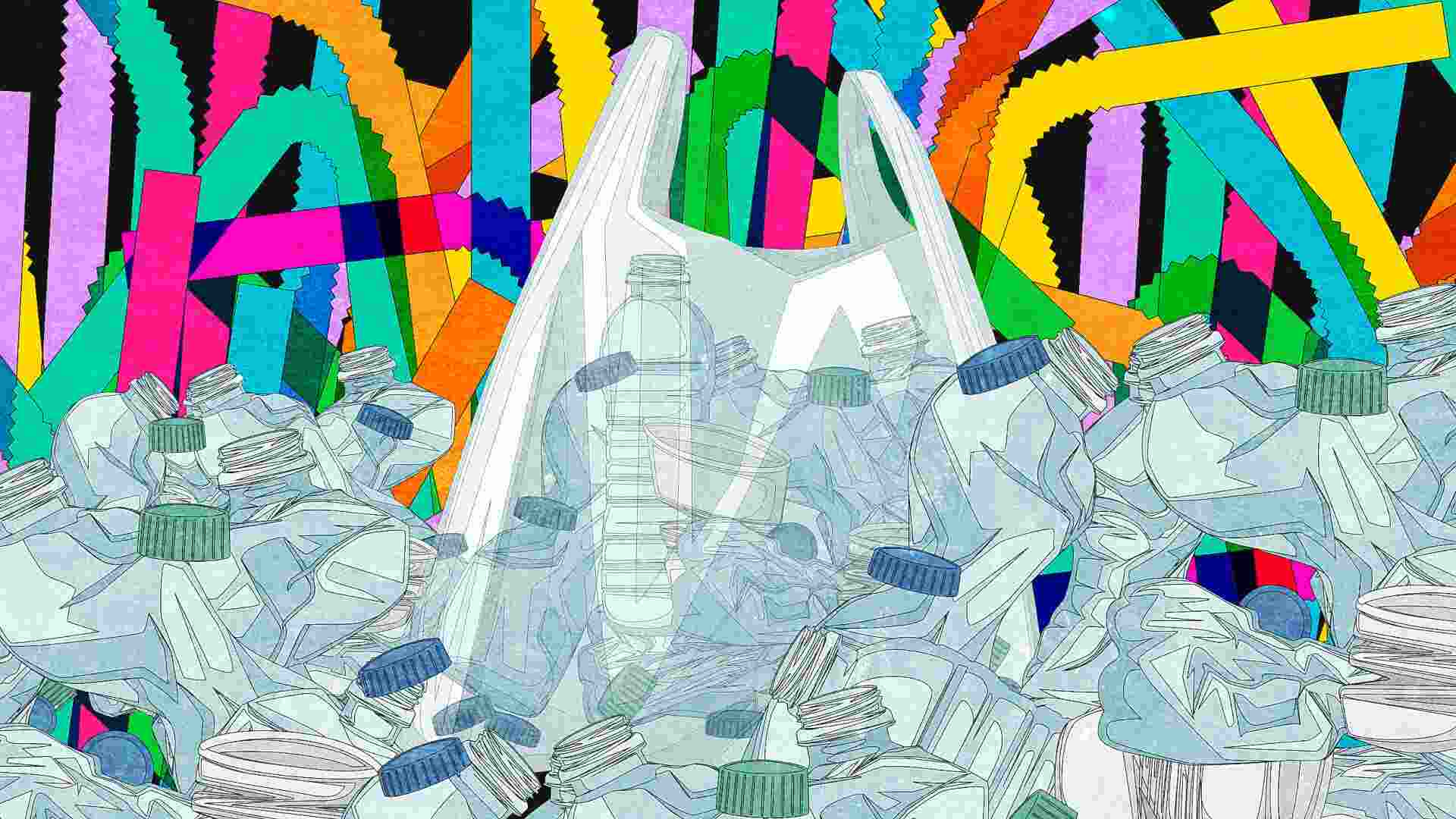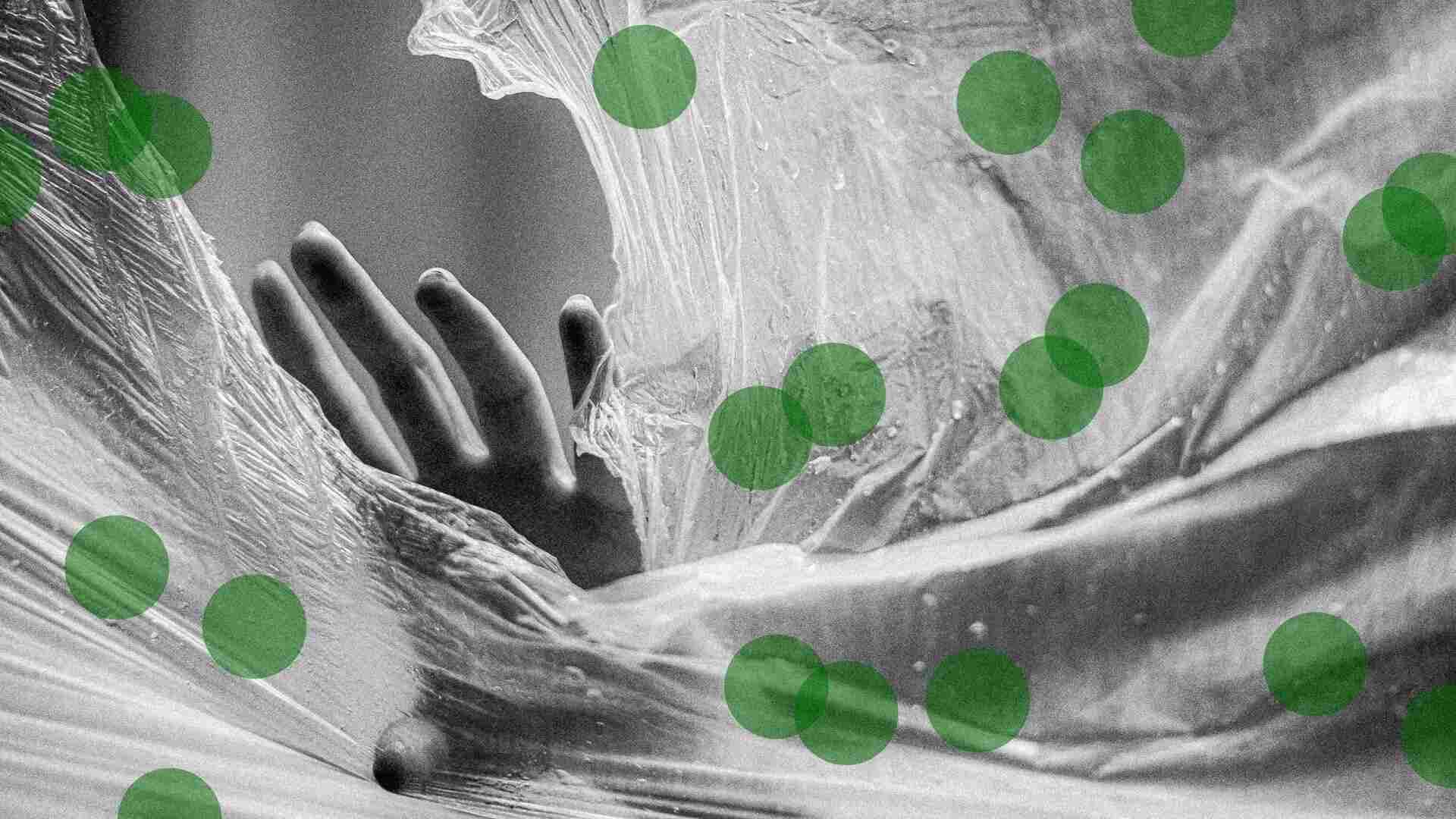- | 9:00 am
This ‘self-cleaning’ paint could keep walls crisp—and purify indoor air in the process
New research found that, when exposed to sunlight, a new combination of particles could help rid paint of contaminants.

Indoor air pollution can come from a variety of places in our homes. Household cleaners, heating and cooling systems, furniture, and freshly laid carpet can all release contaminant particles that circulate through the air. Many make their way to the walls, where they latch on and make them visibly dirty.
The very purpose of white paint is to make walls look clean. But over time, they can be tainted by the accumulation of those specks, requiring touch-ups and new coats. Now, scientists from Austria and Italy have found a way for paint to clean itself—and maybe even the air around it. They developed special particles that react when exposed to sunlight—and can get rid of the grimy pollutants.
“This idea of the self-cleaning paint is already quite old,” says Günther Rupprechter, head of the Institute of Materials Chemistry at Vienna University of Technology. It has been known for some decades that tiny particles of bright-white titanium oxide can bind to pollutants and break them down.
These titanium nanoparticles need light as a catalyst to be able to work. So far, they have only worked with ultraviolet (UV) light, which usually requires artificial sources such as lamps. Though UV is also present in sunlight, it only constitutes about 10% of its output. So the team looked to modify the particles, so they could harness sunlight to spur a reaction.
That’s where “doping” came in. “Doping means we add tiny little amounts [of a substance], and we completely change the properties,” Rupprechter says. They added carbon, phosphorus, and nitrogen atoms to the titanium particles, giving them photocatalytic properties. In other words, sunlight facilitated a reaction so that the particles latched onto the pollutants and decomposed them.
To make the system more sustainable, they used upcycled materials. The titanium was from scrap metal waste. And the “doping” atoms are extracted from dried leaves that have fallen off olive trees. “The idea is to minimize the use of existing natural resources,” Maqbool says.
They tested their finding by adding the particles to regular commercial paint. They found that it works to dispel particles without affecting the paint’s performance. What’s more, they only needed to add a top layer of the special paint—like a finish—since that’s the only part in contact with sunlight. That could make it more economical for consumers in the future.
The aim is to produce a commercial paint, but that will likely take some time. They’re researching other potential materials that could be more scalable than leaves. And they’ll need to find the right commercial partner whose standard manufacturing processes wouldn’t interfere with the reaction—which is often the case when scientific theory meets the real world. “Suddenly, the thing doesn’t work anymore,” Rupprechter says.
But if successful, it could also potentially help eliminate contaminants from the air. Many people reportedly suffer from “sick building syndrome”: cold-like symptoms thought to be caused by household air pollution from items like chemicals in cleaners or hygiene products, adhesives, upholstery, and discharges from gas stoves. It’s unclear exactly how that would work, and Rupprechter says it will require more testing.






































